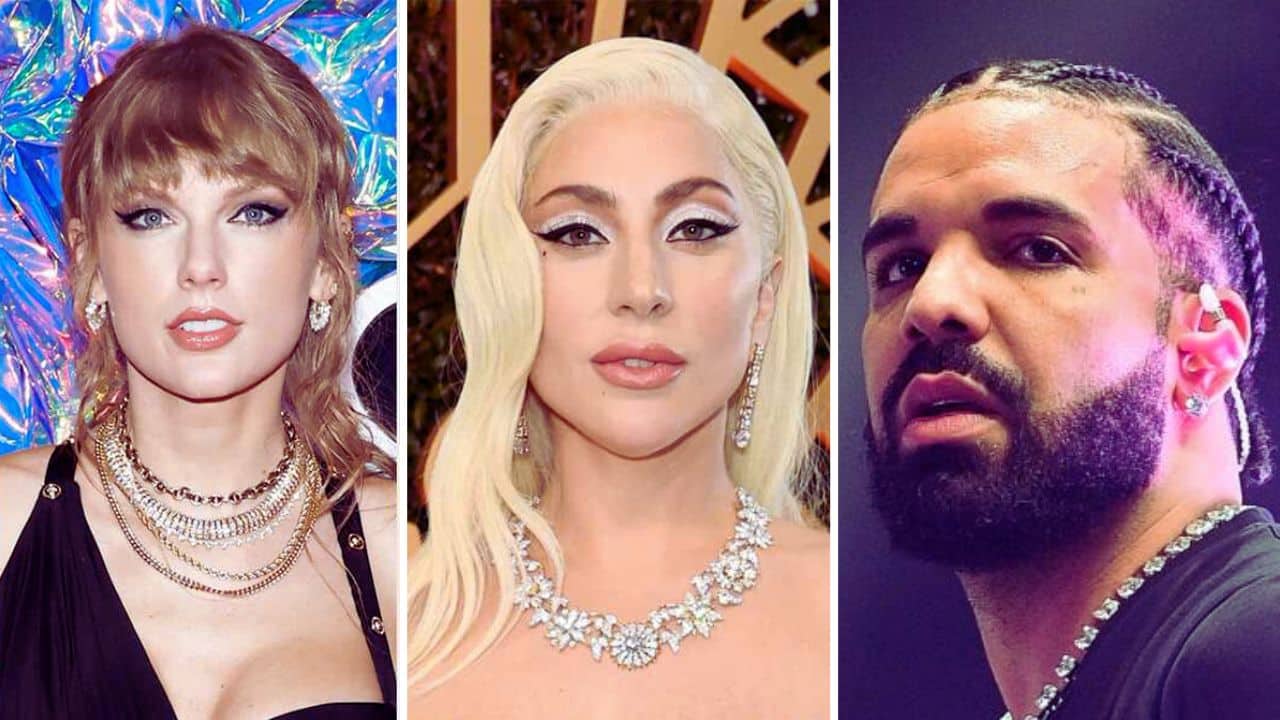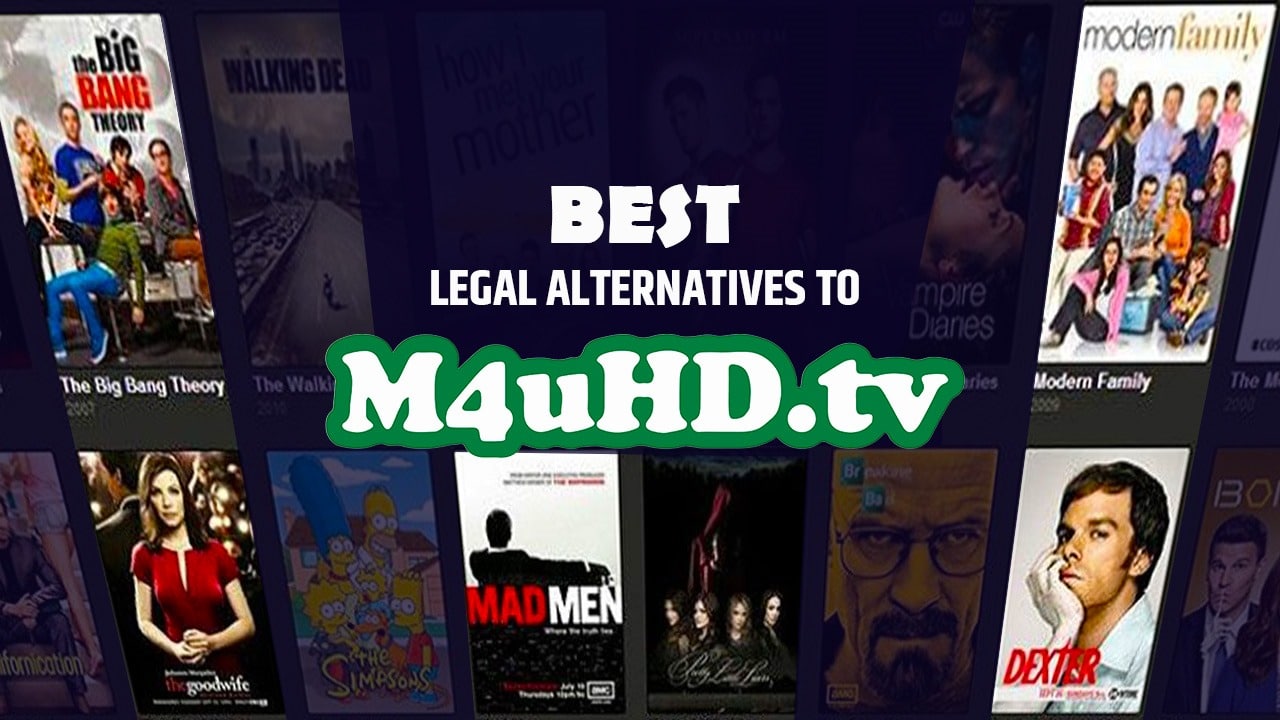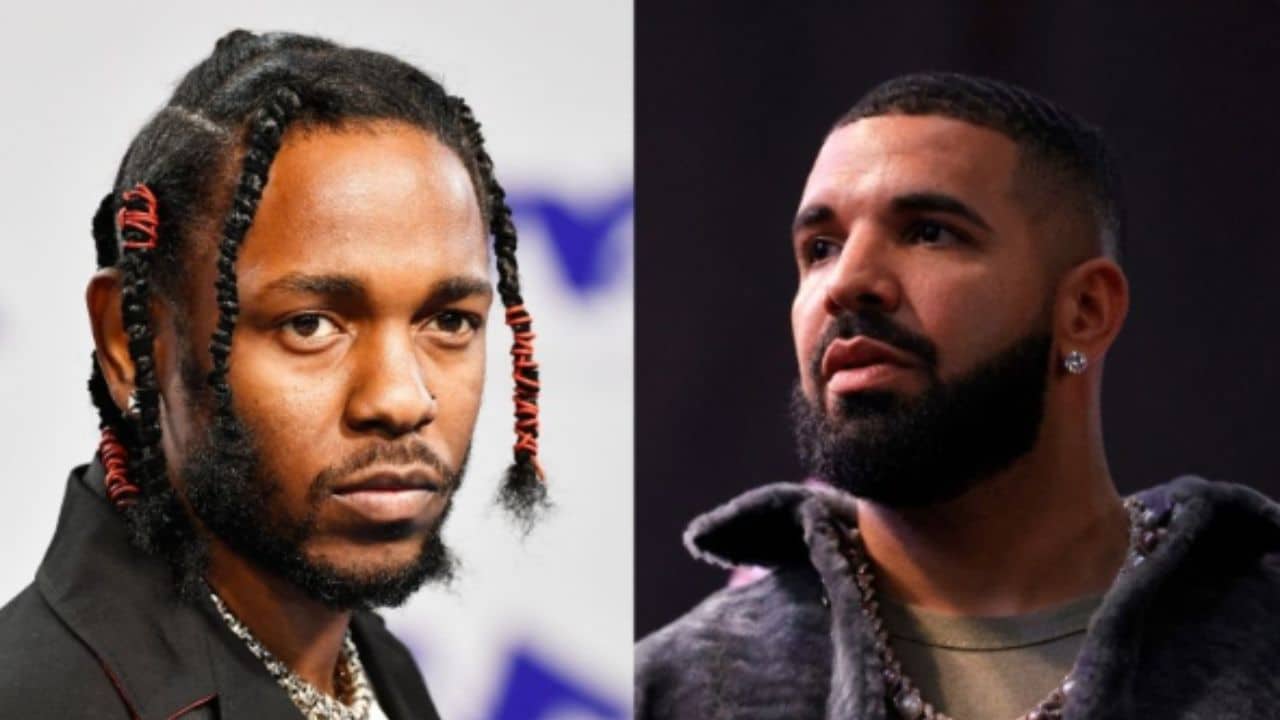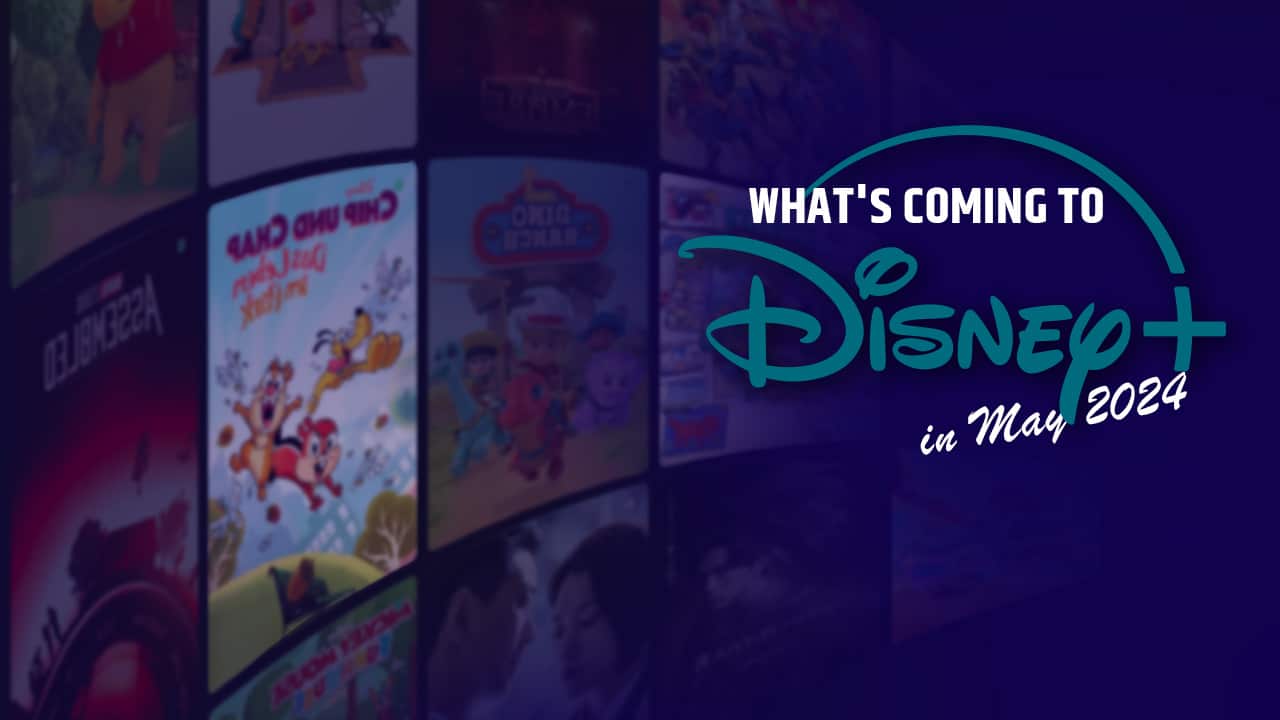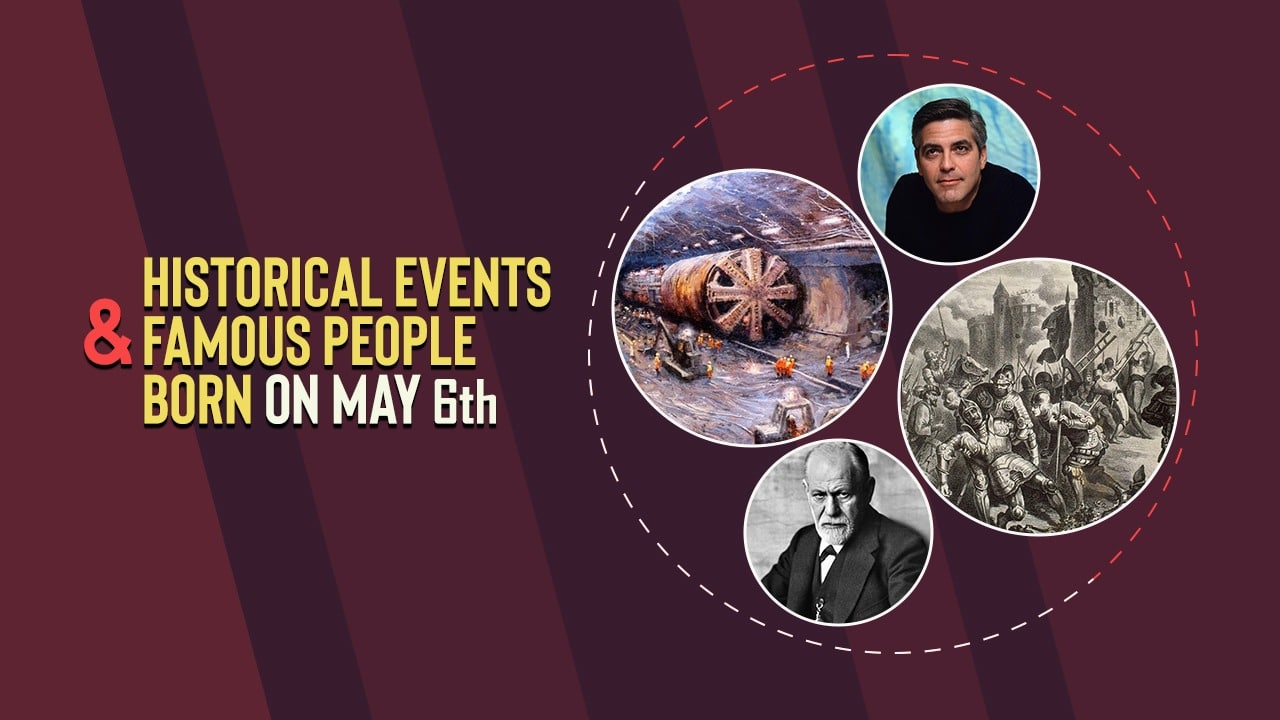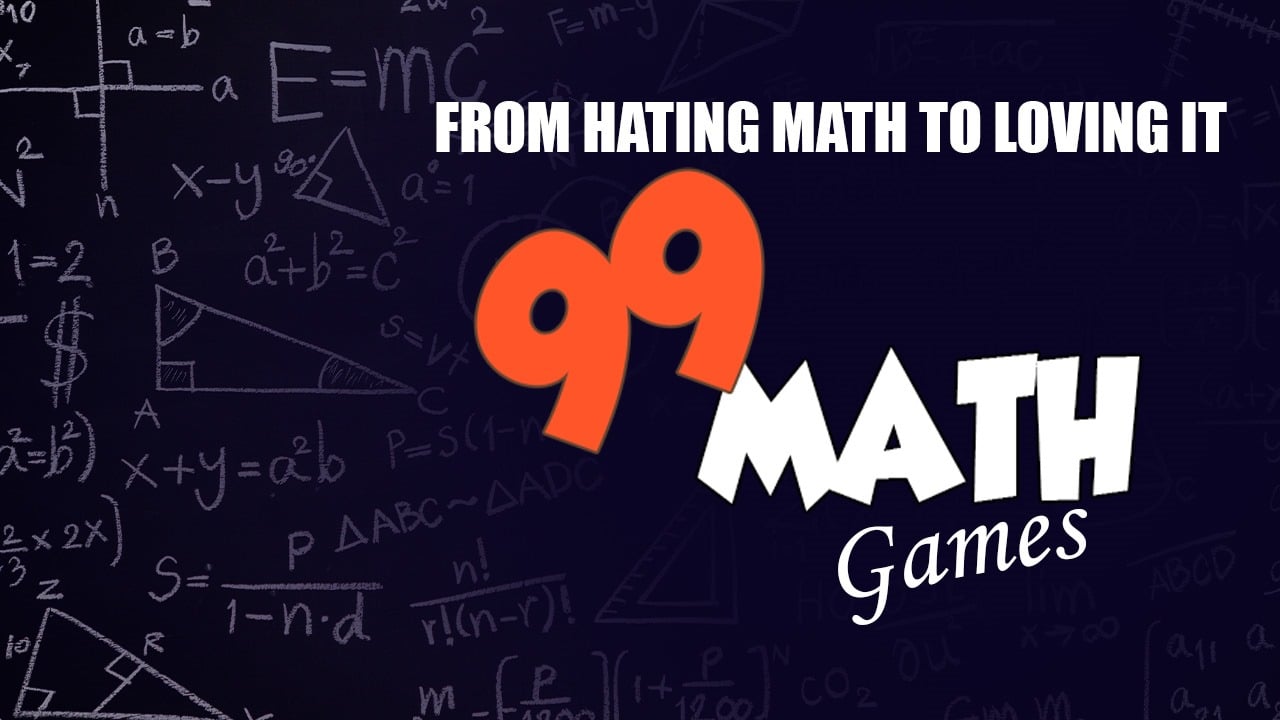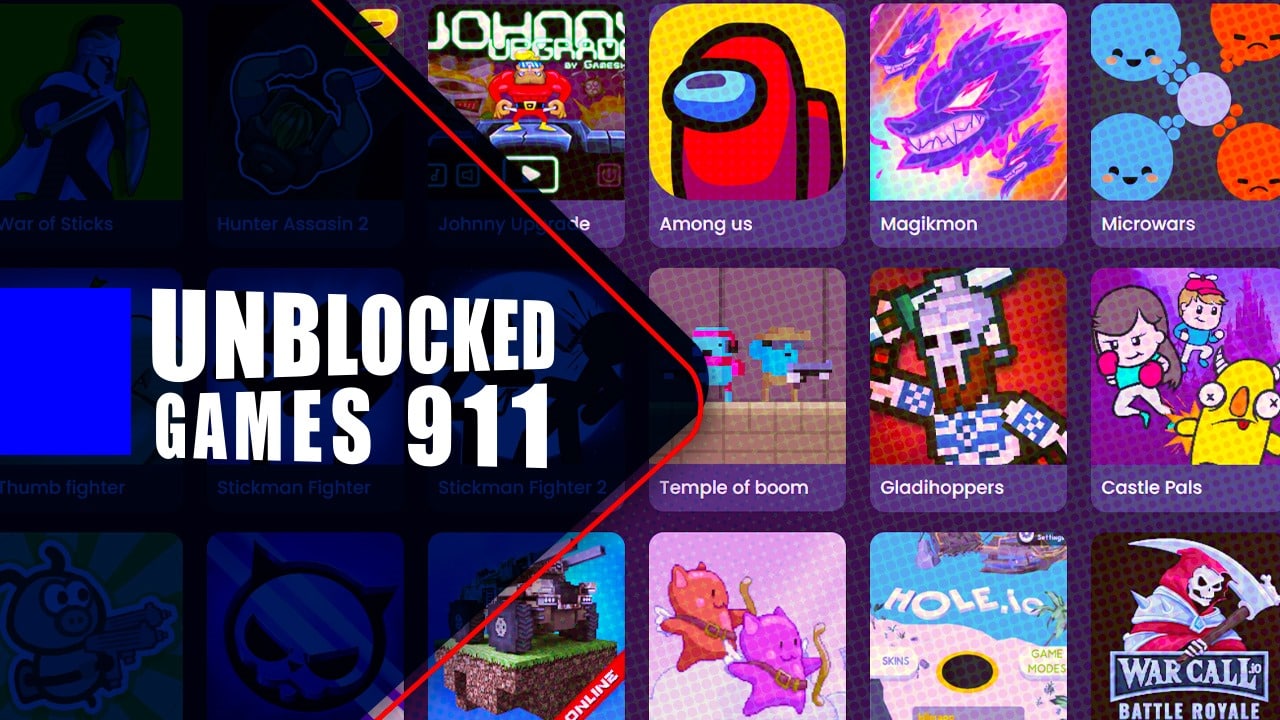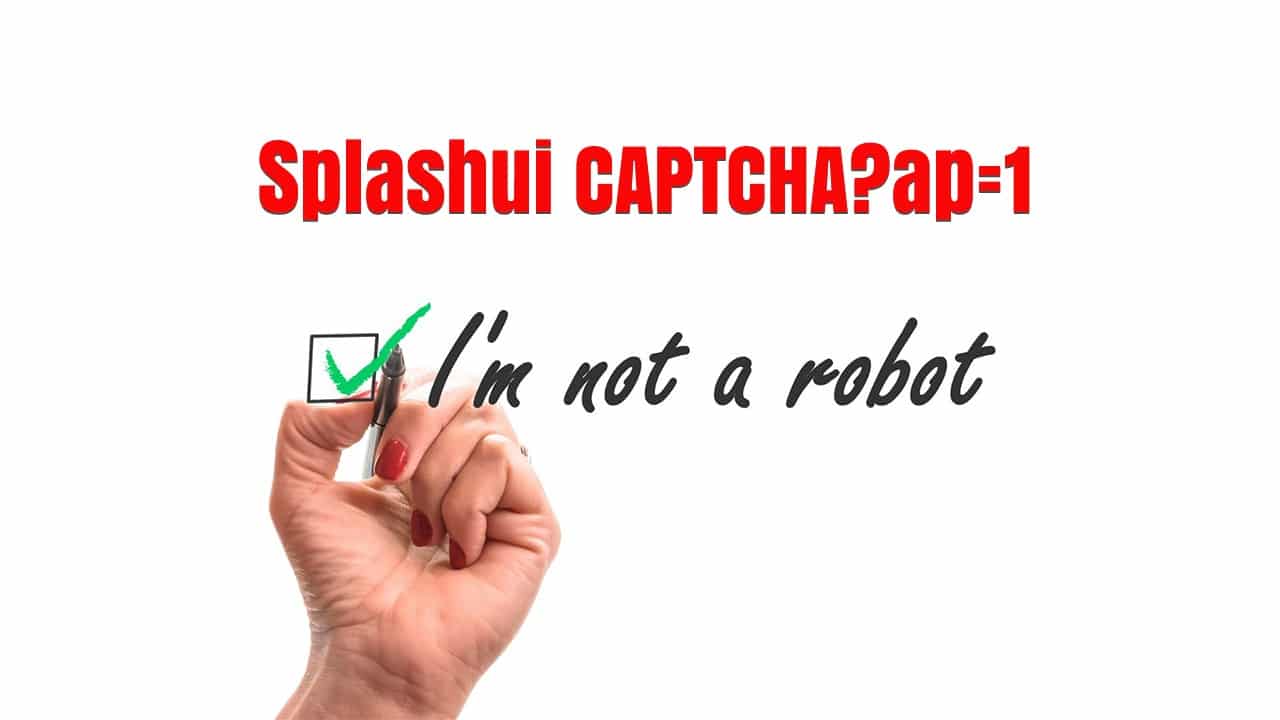Welcome to the vibrant world of South African Hip Hop music, where rhythm and rhyme unite to tell powerful stories and ignite a spirit of collaboration. Originating from the streets of this diverse nation, South African Hip Hop has evolved into a cultural force that not only entertains but also challenges societal norms and builds bridges between communities. In this blog post, we will delve into the origins, elements, collaborative spirit, and impact of South African Hip Hop music. So grab your headphones and get ready to explore the dynamic beats that define this captivating genre!
The Origins of South African Hip Hop
South African Hip Hop emerged in the late 1980s during a time of political turmoil and social unrest. As apartheid gripped the nation, young people turned to music as a means of expressing their frustrations and aspirations. Influenced by American rap artists like Public Enemy and KRS-One, South African youth began experimenting with their own style of hip hop.
The early pioneers of South African Hip Hop used their lyrics to shed light on the struggles faced by marginalized communities. They rapped about inequality, racism, poverty, and the fight for freedom. Their words became a powerful tool for resistance against the oppressive regime.
One notable figure in the history of South African Hip Hop is Prophets Of Da City (POC), a group that infused elements of traditional Cape Malay music into their rhymes. POC’s groundbreaking album “Age Of Truth” brought attention to issues facing colored communities while incorporating local flavors into their sound.
Another influential artist is HHP (Hip Hop Pantsula), whose blend of vernacular rhymes and catchy beats resonated with audiences across racial lines. HHP’s music reflected his experiences growing up in Mafikeng and championed themes of unity and pride in one’s roots.
Over time, South African Hip Hop evolved further as new voices emerged from different regions within the country. Artists such as AKA, Cassper Nyovest, Nasty C, and Kwesta brought fresh perspectives to the genre while staying true to its socially conscious roots.
Today, South African Hip Hop continues to thrive as artists collaborate across genres and explore diverse musical influences. This genre has become an integral part of popular culture in South Africa – showcasing not only talent but also resilience in overcoming adversity through artistry.
From its humble beginnings amidst political strife to its current position at center stage, South African Hip Hop remains an ever-evolving force that both reflects society’s challenges and pushes boundaries creatively.
The Different Elements of South African Hip Hop
South African Hip Hop is a vibrant and diverse genre that encompasses various elements, each contributing to its unique sound and style. From the infectious beats to the thought-provoking lyrics, every aspect of South African Hip Hop plays a crucial role in shaping its identity.
One of the key elements of South African Hip Hop is storytelling. Artists use their lyrics to share personal experiences, shed light on social issues, and give voice to marginalized communities. Through their words, they paint vivid pictures that resonate with listeners and offer glimpses into different aspects of South African life.
Another integral element is rhythm. The beats in South African Hip Hop are often influenced by traditional music genres such as Kwaito and Maskandi, infusing the music with an unmistakable local flavor. Whether it’s the catchy hooks or the energetic flow of verses, rhythm forms the backbone of many South African Hip Hop tracks.
Collaboration is also a significant component within this genre. Artists frequently collaborate with other musicians from different backgrounds and genres, creating fusion sounds that push boundaries and challenge conventional norms. These collaborations not only showcase diversity but also foster unity within the hip hop community.
Visual aesthetics are another essential element in South African Hip Hop culture. From fashion choices to music videos, artists express themselves through visually striking imagery that captures attention and reflects their unique personas.
The dance element cannot be overlooked either; dance crews play a vital role in live performances and music videos alike by incorporating dynamic moves that add excitement to any performance.
These various elements come together harmoniously to create a rich tapestry of sound known as South African Hip Hop Music! Its ability to captivate audiences while reflecting societal realities makes it an influential force both locally and globally
The Collaborative Spirit of South African Hip Hop
South African hip hop is more than just a genre of music. It is a movement that embodies the spirit of collaboration and unity. Artists in South Africa have embraced the power of working together to create something greater than themselves.
One example of this collaborative spirit can be seen in the formation of rap crews or collectives. These groups consist of like-minded artists who come together to support each other’s careers and push boundaries creatively. They share resources, knowledge, and opportunities, amplifying their individual voices through collective action.
Another manifestation of collaboration in South African hip hop is through featuring artists from different backgrounds and genres on tracks. This cross-pollination not only introduces new sounds but also breaks down barriers between different musical communities, fostering cultural exchange and understanding.
South African hip hop also thrives on collaborations with producers, DJs, dancers, graffiti artists, fashion designers – anyone who contributes to the overall aesthetic and culture surrounding the music. The collaborative nature extends beyond just making music; it encompasses all aspects of artistic expression.
This collaborative spirit has allowed South African hip hop to flourish both locally and globally. Through partnerships with international artists and labels, South African acts have been able to reach wider audiences while retaining their unique identity.
In conclusion…
The collaborative spirit within South African hip hop has played a significant role in shaping its success as a genre. By coming together as one cohesive unit rather than competing against each other, artists have created an environment where creativity can thrive and ideas can be shared freely. This sense of unity has not only elevated individual careers but has also contributed to the growth and recognition of South African hip hop on a global scale.
The Impact of South African Hip Hop
South African Hip Hop has had a profound impact on the cultural and social landscape of the country. Through its powerful lyrics, infectious beats, and unique style, South African Hip Hop has become a voice for the marginalized and an outlet for expression.
One of the most significant impacts of South African Hip Hop is its ability to address social issues. Many artists use their music as a platform to raise awareness about topics such as poverty, inequality, and political corruption. By shining a spotlight on these pressing issues, they spark important conversations within society.
Furthermore, South African Hip Hop has played a crucial role in empowering young people in disadvantaged communities. It provides an avenue for self-expression and creativity amidst challenging circumstances. Through dance battles, rap competitions, and cyphers, aspiring artists can showcase their talents and gain recognition.
The influence of South African Hip Hop extends beyond just music; it also inspires fashion trends and promotes entrepreneurship. Many artists have launched successful clothing lines or collaborated with local designers to create unique streetwear brands that reflect the culture of Hip Hop.
Moreover, through collaborations with international artists, South African Hip-Hop has been able to reach global audiences. This exposure not only boosts the careers of individual artists but also puts South Africa on the map as a hub for creative talent.
In conclusion (to be revised): The impact of South African hip-hop cannot be understated – it serves as both a mirror reflecting societal realities while also being a catalyst for change. Whether through addressing social injustices or providing opportunities for young creatives to thrive in adverse environments – this genre continues to shape narratives that resonate far beyond its borders
Conclusion
South African hip hop music has come a long way since its origins in the 1980s. It has evolved and grown into a powerful force within the country’s music industry, with its unique blend of local influences and global sounds.
The collaborative spirit of South African hip hop is what sets it apart from other genres. Artists are constantly working together, sharing their talents and pushing each other to new heights. This sense of unity has created a vibrant community that supports and uplifts one another.
Through its various elements such as rapping, DJing, graffiti art, and dance, South African hip hop provides an avenue for self-expression and storytelling. It gives voice to the struggles faced by many in society while also celebrating resilience and triumph over adversity.
Furthermore, the impact of South African hip hop extends beyond just the music itself. It serves as a platform for social commentary on issues such as inequality, discrimination, politics, and identity. Artists use their lyrics to shed light on these topics and spark conversations that can lead to positive change.
In recent years, South African hip hop has gained international recognition with artists like Cassper Nyovest breaking boundaries by filling up stadiums locally as well as collaborating with renowned international acts. This exposure not only elevates individual artists but also shines a spotlight on the genre as a whole.
In conclusion (without using those exact words), South African hip hop music continues to thrive due to its strong collaborative spirit which fosters growth within the community. Its ability to address important societal issues through creative expressit a powerful tool for change. As we look towards the future of this genre in South Africa, there is no doubt that it will continue breaking barriers both locally and globally.


